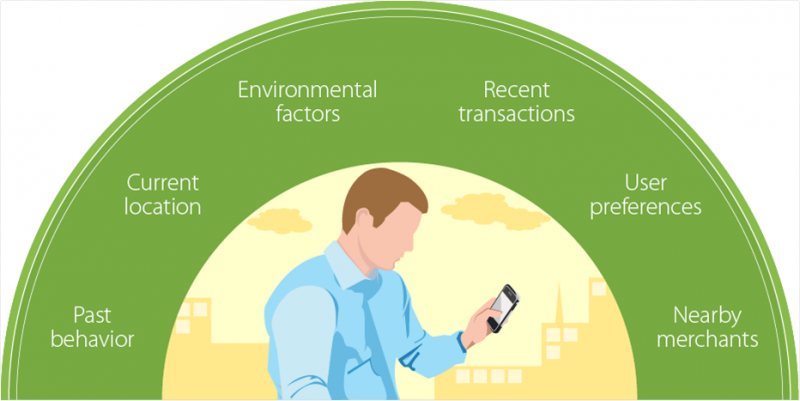How To Build A World-Class Mobile Banking Strategy
Mobile has gotten a lot of attention at banks recently. In fact, other teams in a firm’s organization are starting to feel like Jan Brady, the voices in their heads chanting “Mobile Mobile Mobile!”
But there’s good reason for the increased focus on mobile banking efforts: mobile is the most important strategic change in retail banking in over a decade. It is shifting your customers’ behavior, raising customers’ expectations, and opening up new opportunities for banks, their competitors, and new disruptors.
So how can strategists at banks assess the current and future state of the mobile banking market? How can they plan their own mobile banking roadmap? What do they need to successfully execute these plans? And how will they continue to improve and enhance their mobile offerings going forward?
Forrester’s new Mobile Banking Strategy Playbook seeks to answer all of these questions, drawing on mountains of research and deep dives into data in order to give eBusiness teams at banks a complete framework for building and maintaining a world-class mobile banking strategy. The playbook will include 12 chapters (plus an Executive Summary) that cover different aspects of mobile banking – and many of those chapters are already live. These chapters outline how to develop a successful mobile banking strategy. Specifically, we recommend that mobile strategists at banks:
- Discover and assess the current and future market landscape. Mobile is displacing online for many everyday tasks, and this trend will gain momentum over the next five years. We predict that mobile will be the hub of your relationship with banking customers. Our vision of mobile banking’s future also envisions how mobile will play a critical role in cross-channel banking interactions, how sales and marketing efforts will shift (somewhat) to mobile, and how mobile for small business banking clients will explode. This adds up to a future that is ripe with opportunities, but only if a bank can develop strategies that align with consumer expectations and business goals.
- Articulate a strategic plan for getting mobile banking right. Mobile strategies fail when firms approach them as purely technology solutions or marketing initiatives without clear business objectives and stakeholder support. Having a documented strategic plan that all stakeholders agree on can make a major difference. In the strategic plan chapter of our playbook, we argue for employing Forrester’s POST methodology, in which a bank outlines the People that its mobile efforts will target, the Objectives that the bank is looking to meet, the Strategy for meeting those objectives, and finally landing on the Technology needed to execute on this strategy.
- Act on this plan, mining for best practices from around the world. Best practices in mobile banking inevitably vary by region, market, market position, and other factors. But in the best practices chapter of our playbook we outline the common elements that make for best-in-class (or at least very good) mobile banking offerings. The most critical component is what Forrester calls context: the sum total of what your customer has told you and is experiencing at his moment of engagement (see graphic below). Context will drive banks’ future success in mobile.
- Optimize this mobile strategy with an eye toward continuous improvement. Digital banking teams need to test and optimize their mobile banking offerings to achieve business objectives and identify new ways to meet the needs of customers and prospects. This requires two parallel initiatives: mastering the basics and identifying ways to innovate. Our playbook chapter on continuous improvement looks at what eBusiness teams at banks should evaluate and how to approach mobile banking optimization.
I encourage you to read our playbook and let us know what you think!

